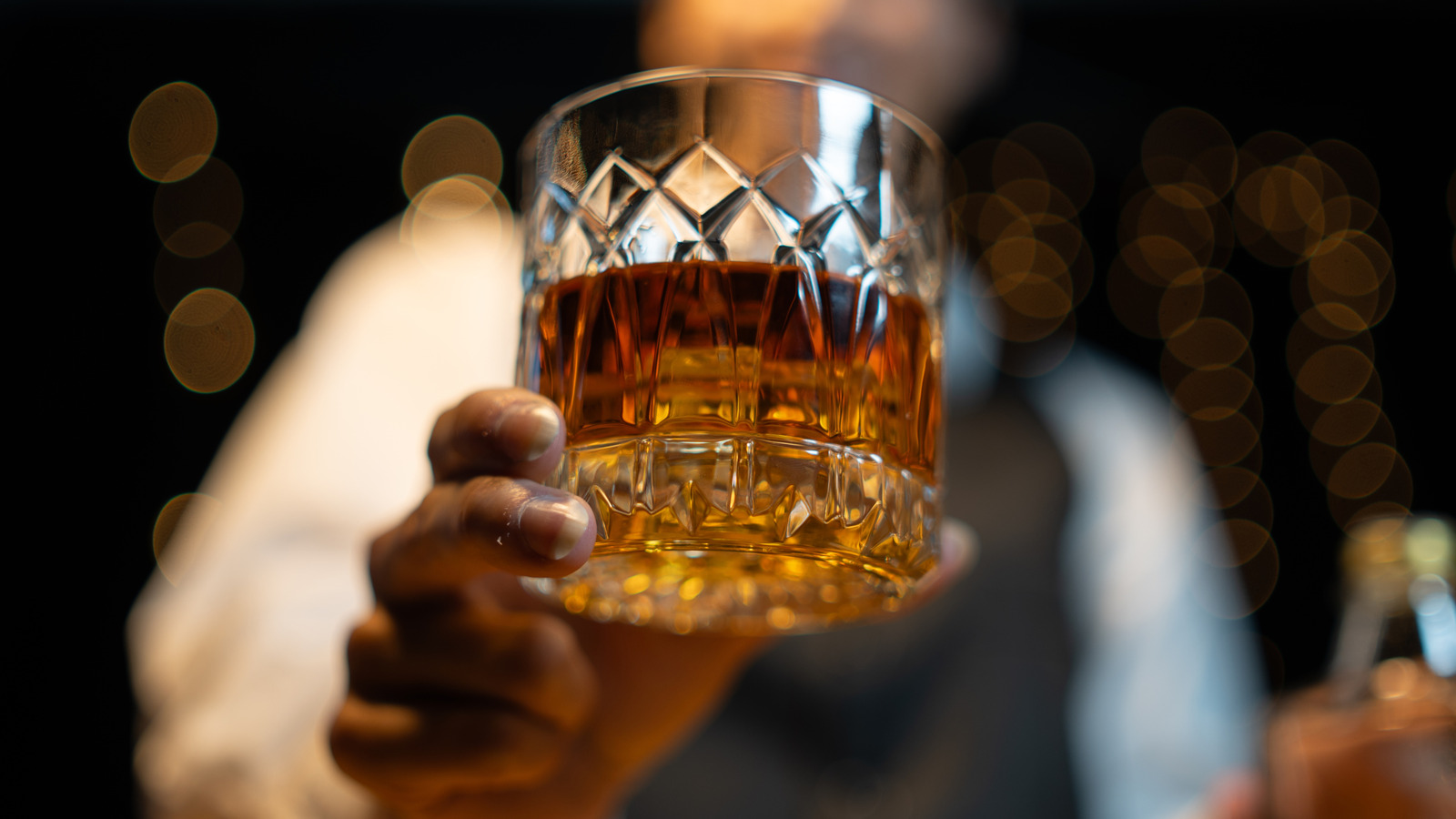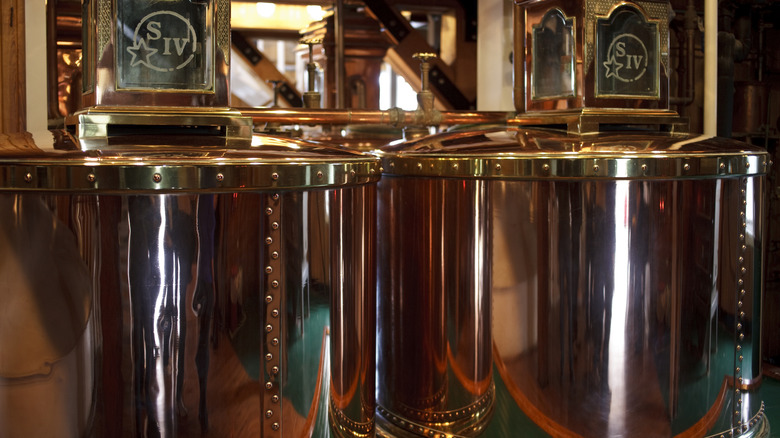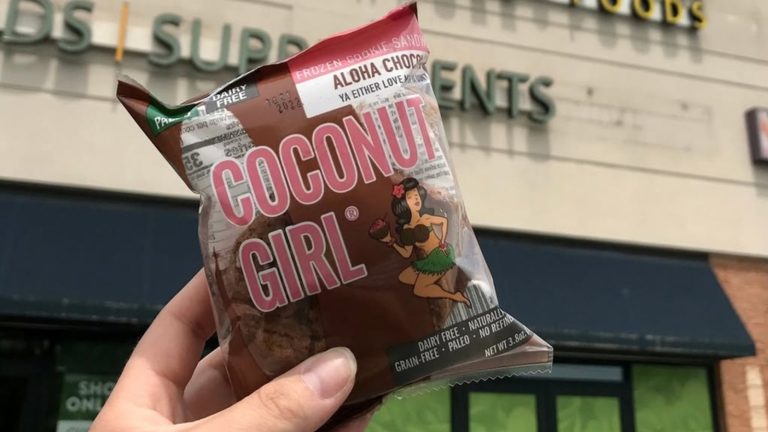The world of bourbon can seem rather complex, with a long list of terms that may sometimes be confusing, such as the difference between single- and double-barrel bourbon. At its simplest, the former is bourbon from a single barrel and the latter has spent additional time aging in a second barrel. Once it’s been broken down it becomes pretty clear, but this spirit’s distillation process can get a bit more complex; we tapped Robyn Smith, owner of the blog NEAT (@thisblogsneat on Instagram), to help walk us through another term you may have come across: double distillation.
The reasons bourbon often goes through two rounds of distillation concerns the amount of alcohol and the flavors that bourbon ends up with before being aged in barrels. “It’s about refining the spirit and concentrating the flavors that the distiller wants,” Smith exclusively tells Chowhound. The first distillation helps separate the ethanol and the desired flavor compounds from the fermented mash, also known as distiller’s beer. The second distillation helps remove compounds the distiller doesn’t want, such as sulfur. Sulfur compounds naturally occur in the fermented mash; in high concentrations, it can adversely affect the bourbon’s flavor.
Bourbon’s unique double distillation setup
Bourbon isn’t the only whiskey that’s double distilled; Scotch whisky is double distilled and Irish whiskey is often triple distilled. Bourbon makers tend to use a different setup, which is one of several differences that separate bourbon from other whiskeys. The first distillation takes place in a column still, which as the name suggests, is a tall cylindrical column with different compartments inside. It’s also known as a beer still, and can be made from stainless steel, copper, or a mixture of the two. The second distillation happens in a doubler, which is made from copper.
As Robyn Smith explains it, the hot vapors from the first still travel into the doubler, helping to further refine the distillate. It also allows for more contact with copper, which, because of the metal’s nature, helps strip away sulfur and other unwanted compounds from the distillate. “While double distillation isn’t unique to bourbon, the way it’s done using the column [and] doubler setup is a distinctly bourbon thing,” Smith says. “It’s a balance of efficiency and flavor retention.” Whether you’re sipping on a glass of Baker’s, Woodford Reserve, or Blanton’s — three of the must-know whiskey brands for beginners — the reason the bourbon tastes so delicious and is no less than 80 proof is thanks, in part, to the double distillation process.






